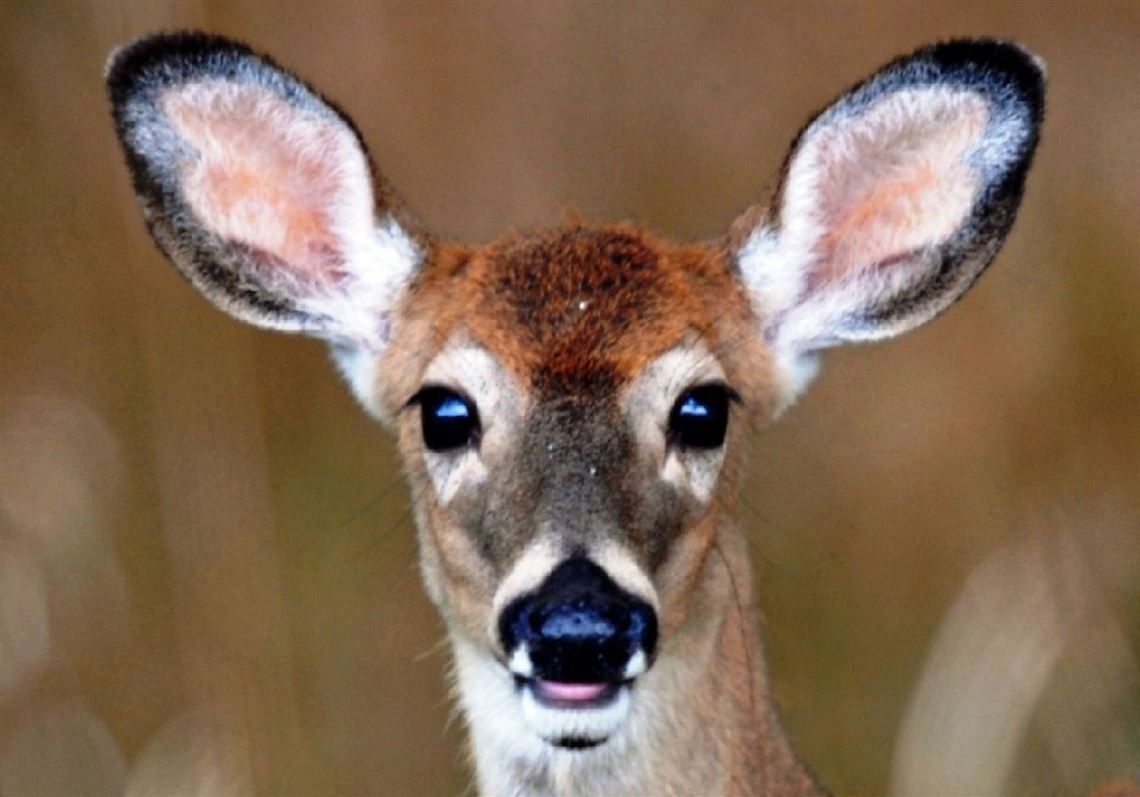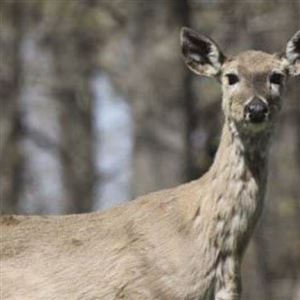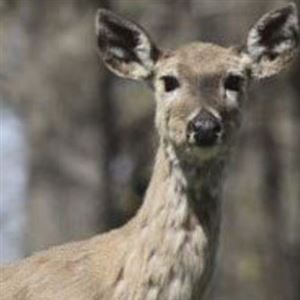There is another pandemic spreading across parts of three continents. Confirmed in Norway, Finland, Sweden and South Korea, and spreading in three Canadian provinces and 26 American states including Pennsylvania, it can be contagious without symptoms for two years and always ends in a slow, painful death. Outside of a living host, the pathogen remains infectious for years. There is no cure.
Only hooved members of the deer, elk and moose family can contract chronic wasting disease. The neurological disorder is not transferable to humans, but its presence among captive and wild deer has destroyed businesses, deprived wildlife agencies of vital hunting revenue and threatens any lifestyle that depends on deer.
As the federal government begins novel research into its genetic source, Pennsylvania has expanded its CWD management zones and plans a more aggressive disease containment regime.
In a series of changes that began last year, the state Game Commission has responded to new confirmations of CWD by expanding the geographical range of its three disease management areas. DMA 2 now stretches from south-central Pennsylvania into Westmoreland County nearly to Latrobe. Special regulations for hunters and the general public within the DMA control units are intended to slow the disease’s spread.
The Game Commission is planning to introduce a new CWD Response Plan intended to get hunters and the general public more involved in creating buffer zones that are relatively CWD-free. Changes to the current response plan could include expanding an existing statewide ban on intentionally feeding bears and elk to include deer and turkeys. In the control units, the plan calls for increased antlerless permit allocations, antlered-deer harvest incentives, expanded hunting seasons, removal of antler point restrictions and mandatory deer sampling, in which Game Commission staff shoot random deer and send their parts for CWD testing.
In the plan’s most controversial proposal, sharpshooters would be hired to thin deer populations in areas with unsatisfactory hunter harvest rates. “Targeted removal” would use paid shooters to exterminate random deer in some infected areas.
The plan includes recommendations from the U.S. Fish and Wildlife Service and is supported by several conservation organizations.
“I can’t think of a less popular issue with sportsmen, and it would be easy to simply rely on hope that CWD goes away,” said Nick Pinizzotto, president and CEO of National Deer Alliance in a statement. “The agency is hitting the disease head-on, and we appreciate that level of leadership.”
embedcode-largeimage-orientation="landscape">
At the other end of the chronic wasting disease conundrum are efforts to understand the DNA of CWD. Not a bacterial infection, not a virus, chronic wasting disease is caused by oddly bent proteins. Common proteins include more than 100 amino acids linked in long chains called peptides. It is unknown why some proteins are bent. When a bent protein, a prion, touches a normal protein, the propensity to bend is transferred to the healthy protein.
CWD in unfenced wild deer is a national threat, challenged mostly by state wildlife agencies. In the deer farm industry, overseen by state agriculture departments, the disease is rocking long-held safety standards, destroying family businesses and is suspected of spreading outside the fences.
The Animal and Plant Health Inspection Service, a bureau of the U.S. Department of Agriculture, is studying chronic wasting disease at the genetic level. Working in collaboration with Texas A&M University and Texas Parks and Wildlife, the bureau has identified several promising regions in the white-tailed deer genome that may be highly susceptible to CWD. Researchers report accuracy of greater than 80%. The research was published by the National Library of Medicine in May.
“While the research is still in an early stage, it’s the first of its kind,” a USDA project overview stated. “The hope is that continued analysis will enable us to effectively categorize animals as being minimally susceptible, moderately susceptible or highly susceptible to CWD.
“This will help herd owners make management decisions that may eventually help to breed the disease out of existence or at least significantly reduce its presence.”
The study included 807 farmed white-tailed deer taken from across the United States between 2014 and 2018. To rate their susceptibility to CWD, nearly 124,000 regions of the deer genome were analyzed to identify regions unique to animals known to be CWD positive. Using computer modeling and machine learning, the genetic material was scanned and given a score representing the gene’s similarity to CWD-positive animals.
“This allowed the geneticist to classify the animals into one of three categories: highly, moderately and minimally susceptible based on their predicted CWD susceptibility,” the USDA said.
The study is now in its second phase, largely confirming the results of Phase 1 in blind validation testing. The next step would be to publish confirmed Phase 2 results.
Ultimately USDA hopes to enable commercial deer farms to identify CWD-positive animals and evaluate the susceptibility of their entire herds. The study could lead to select breeding of herds in which every deer is minimally susceptible to CWD.
“We have taken a major step forward by completing Phase I,” stated USDA, “but we have not yet solved the problem.”
First Published: July 2, 2020, 4:32 p.m.



















